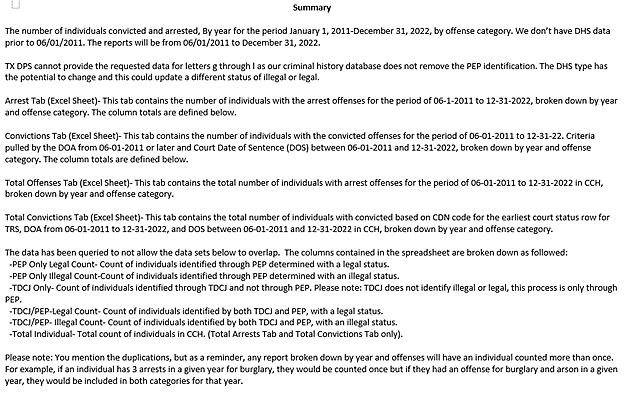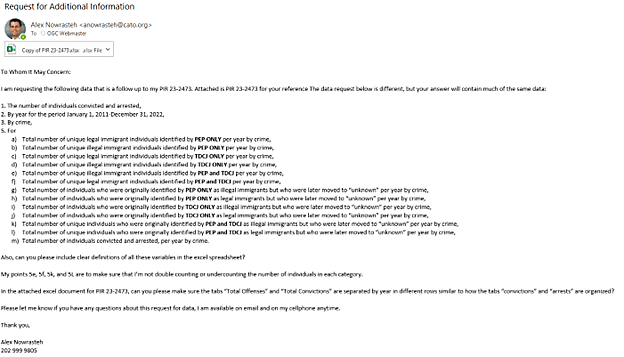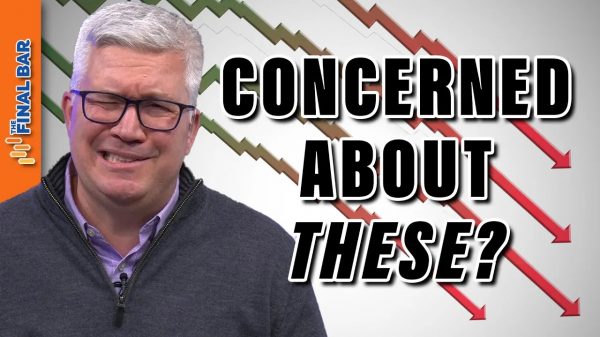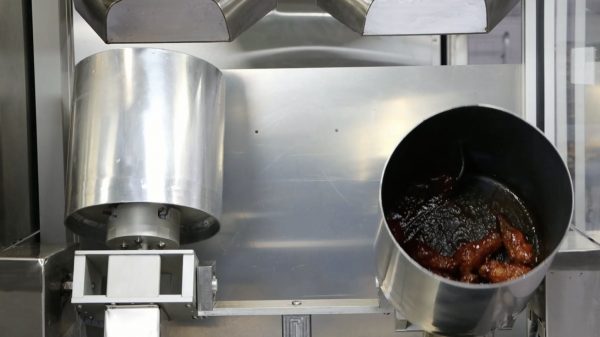
Last week, I published updated research on illegal immigrant homicide rates in Texas, settling a disagreement with the Center for Immigration Studies (CIS). As a brief recap, I discovered unique crime data from Texas that showed illegal immigrants have lower criminal conviction and arrest rates than native‐born Americans and that legal immigrants had the lowest of all.
CIS claimed that I undercounted illegal immigrant criminals because I didn’t request the right kind of data from Texas. I spent 16 months writing numerous FOIAs (PIRs in Texan parlance) to guarantee that there was no undercounting or double counting of illegal immigrant criminals.
Turns out that I was correct all along, and CIS was wrong. CIS overstates the illegal immigrant homicide rate by relying on data that double‐counted some illegal immigrant murderers.
CIS is now claiming that I made a “brazenly false claim about [their] illegal immigrant crime research.” Below are some claims made by CIS, followed by my responses.
There was no double‐counting in the data we received from DPS. DPS sent us an “illegal” column, which counts illegals identified at arrest, and a separate “prison” column, which counts illegals identified in prison. As Chrystal Davila at DPS explained to us in an email on October 19, 2022, those columns do not overlap: ‘Data request results that include an illegal column and a prison column will not count the same person twice. If they are in the illegal column, they have been identified by DHS through PEP, and possibly in prison. If they are in the prison column, they have only been identified while in prison with TDCJ. [Emphasis added.]’
CIS claims they are correct because they have a poorly worded email from Texas sent to them days after they published their original research. They should have asked about their data quality before publishing their data. Actually, they did ask whether the data could be separated in June 2022, and this was how Texas responded to CIS when they asked:
We are unable to break down the data as you described specifically in your example. We can supply the number uniquely identified by TDCJ (Prison category) and the total number of Illegals identified through PEP (this can include illegals also identified by TDCJ). Please note, if someone was uniquely identified through TDCJ, but at a later time is identified through PEP, the individual would no longer be in the Prison category and would reflect the PEP identification [emphasis added].
CIS used the dataset that Texas warned could include some double counting. That warning is why I made specific FOIA requests to avoid double counting or undercounting: Illegal immigrant criminals only identified through PEP, only identified by TDCJ, and those only identified by both. Additionally, I also asked Texas for a codebook and metadata that clearly define the variables. CIS did not. Figure 1 is what Texas sent me.
Figure 1: Variable Definitions for Cato’s Crime Data

Figure 2 is my data request. In the future, CIS should ask more specific questions.
Figure 2: Cato’s Data Request

Leave aside all those abbreviations (explained in our original report) and focus on the emphasized text, which unambiguously refutes Nowrasteh. We do marvel at the brazenness of his claim, though. Surely he knew it could be tested by simply asking DPS, as we already did in the email quoted above.
CIS is confused. I did ask for variable definitions, which are included in Figure 1. Those definitions were sent to me along with the data I requested. They are different from CIS’s results because the data CIS received is partly double‐counted, just as Texas warned them in a June 2022 email. Importantly, I asked for the variable definitions before publishing my research, whereas CIS did so after they published.
CIS jumped the gun, and it’s a good lesson for junior researchers. The main purpose of having variable definitions is so researchers don’t have to rely on poorly worded emails sent after the research was published. Better to get the variable definitions directly from the people who pulled the data from their database.
Remarkably, CIS never asked me for my data. I messaged Sean Kennedy, a co‐author of the CIS report, on February 1 to discuss the new Texas data I had received. We emailed back and forth several times. He never asked for my data. Jason Richwine, the other author of the CIS report and the blog post I’m responding to, never asked for my data. Perhaps they’ll just FOIA it directly from Texas.
When other groups present interesting findings with unique data, I always ask for the data if I’m going to write about their findings and it’s otherwise unavailable. My data are available for all who want it, they just need to ask. Those who think they already know the answer will not ask.
























